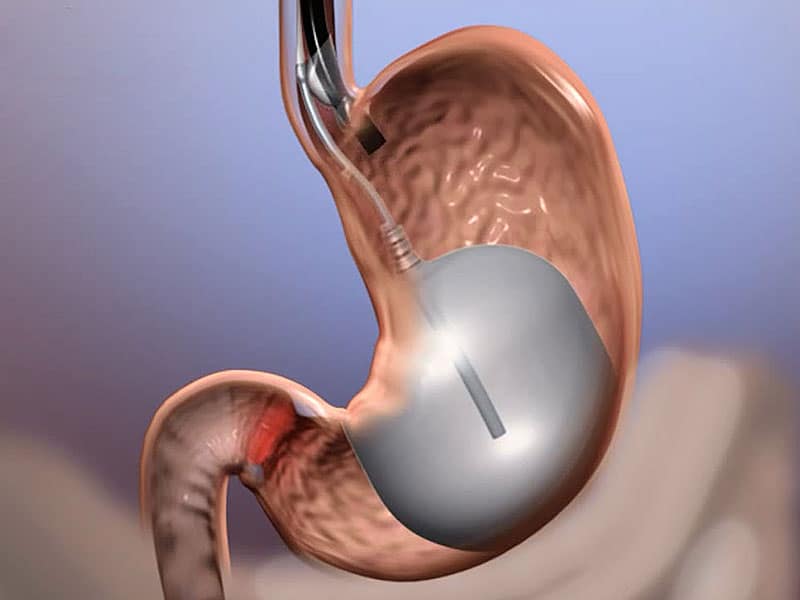The FDA has recently confirmed that fluid filled intra-gastric balloons used for weight loss can cause acute pancreatitis. It is believed the inflated intra-gastric balloon compresses pancreas tissue resulting in Pancreatitis. Pancreatitis patients typically present with severe back and abdominal pain as well as nausea, vomiting and fever. If not addressed early, pancreatitis may rapidly progress resulting in systemic inflammation that may lead to death.
Patients who have undergone balloon placement need to be aware of pancreatitis symptoms. Should any of these symptoms develop, we recommend gastric balloon patients to contact their bariatric surgeon or present immediately to the nearest emergency room. A simple blood test can confirm the diagnosis of pancreatitis. If confirmed, gastric balloon must be immediately deflated and removed.
We still don’t know the risk factors associated with pancreatitis development in the setting of intra-gastric balloon placement. Obalon, a gas filled intra-gastric balloon has been recently introduced into the Houston area. Obalon requires no endoscopy for insertion. The balloon is rather swallowed as a capsule then inflated in the stomach. The company representative claims that Obalon being lighter than Orbera and Reshape balloons is unlikely to be associated with pancreatitis. Furthermore, Obalon, being a lighter balloon, is thought to cause less nausea, vomiting and discomfort than heavier fluid filled intra-gastric balloons.
At Houston Weight Loss Surgery Center, we remain hesitant to recommend gastric balloons for weight loss. Purely restrictive procedures are not associated with durable weight loss. Gastric balloons do not alter the metabolic signals that control energy metabolism weight and appetite. For patients, however, interested in loosing few pounds before a wedding or a trip to the beach gastric balloon may be a great yet expensive, temporary solution.

